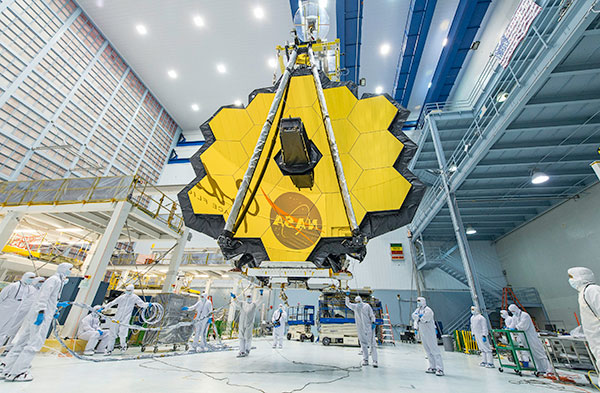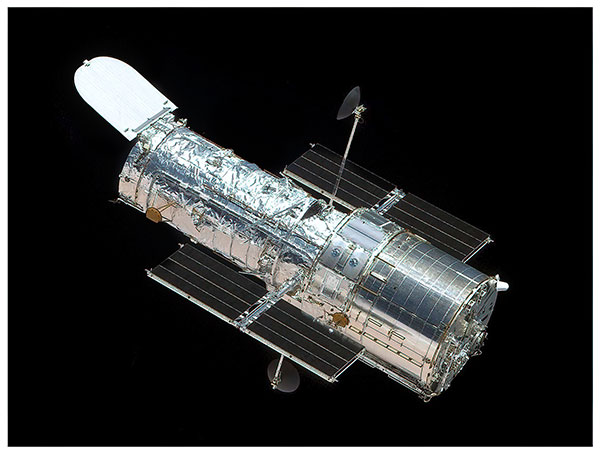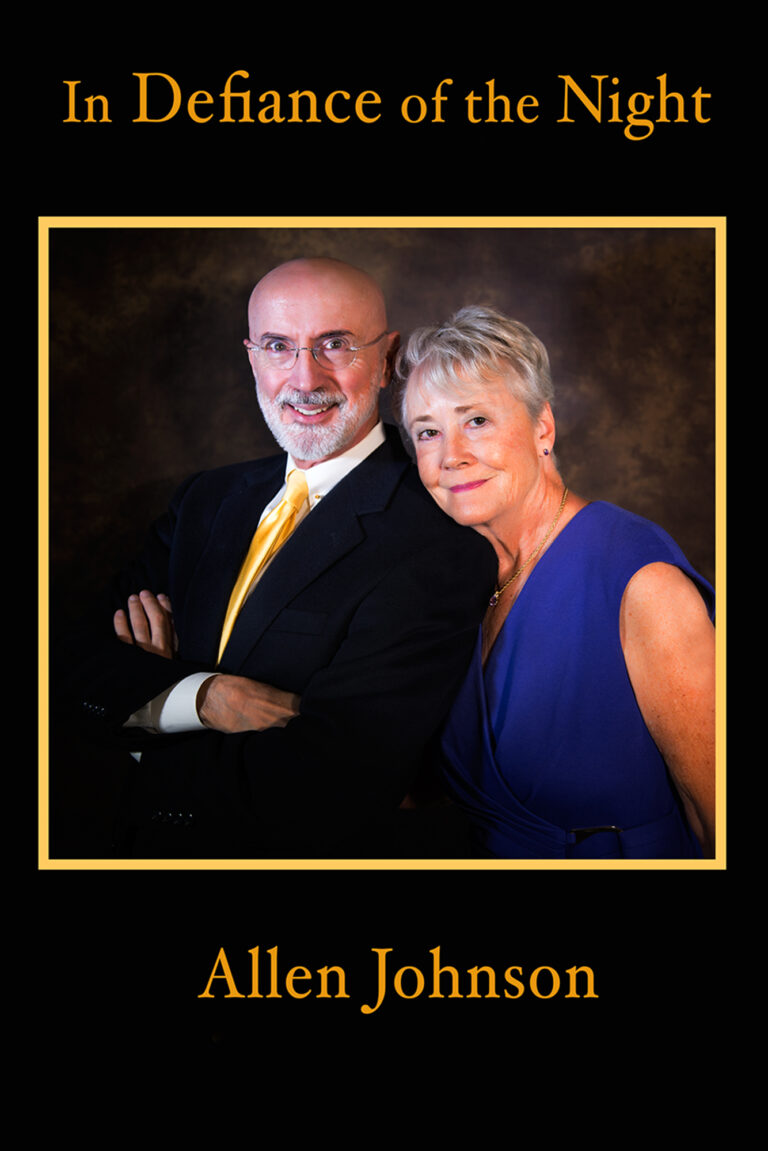The Hubble telescope, with its eight-foot diameter primary mirror, went into space in 1990.
The Hubble travels 380 miles above earth at 17,000 mph. The images it sent back to earth revolutionized our knowledge of the universe.
- How many stars are in the universe? Within our viewable universe there are 200 billion galaxies, each with 100 million stars. Therefore, the total number of stars is the number two followed by twenty-two zeros, which is equivalent to one billion times twenty trillion. Think of it this way: For every person on earth (7.125 billion) there are 2.8 trillion stars.
It’s hard to get my head around a number that big, so maybe this will help. There are approximately 6.15 million grains of sand in one cubic yard. And it takes 5.45 million cubic yards to equal one cubic mile. If all the stars in the universe were a grain of sand, it would fill a bucket that is 596 cubic miles in volume. How big is 596 cubic miles? Well, it is estimated that Mount Everest has a volume of 578 cubic miles. So, if Everest were hollow, you could fill it with all the grains of “star” sand and still have eighteen cubic miles of sand left over. That’s a lot of sand.
- The universe is expanding, but not at a steady rate. It started expanding at a faster rate five billion years ago.
- How old is the universe? Given what astronomers know about the speed of the expanding universe, it is calculated that the universe is 13.7 billion years old.
- How do galaxies form? That’s a tough question, but we have some clues. At the center of most galaxies is a black hole—enormous regions that are three billion times the mass of our sun. The gravity force of black holes is so strong that nothing can escape, not even light. Astronomers don’t know what came first—the black holes or the galaxies. There are still a lot of questions to be answered.
The equipment on the Hubble has been updated five times since its 1990 launch. The last update was in 2009. Today, none on the equipment is original.
It is predicted that the Hubble will descend to earth in the late 2030s. Happily, a new second generation telescope—the James Webb Space Telescope—is scheduled to be launched in 2021. Its segmented primary mirror will be 21 feet in diameter, nearly three times larger than the size of the Hubble mirror.
What will the James Webb Space Telescope teach us? I can hardly wait to find out.



